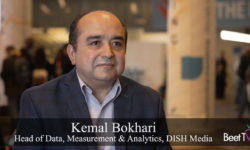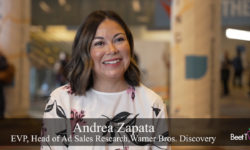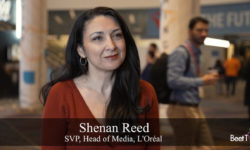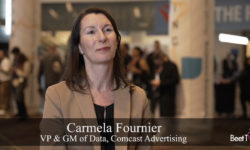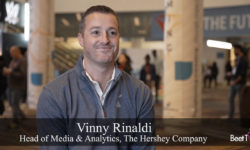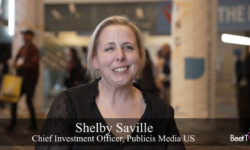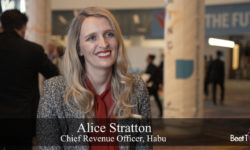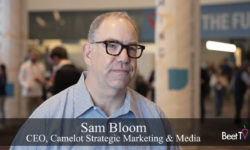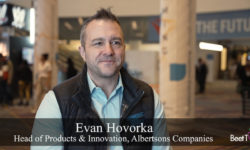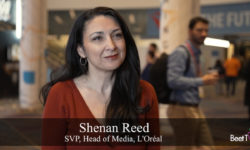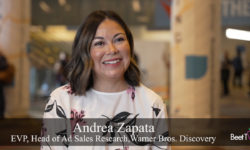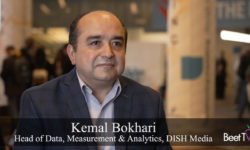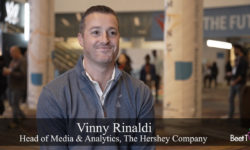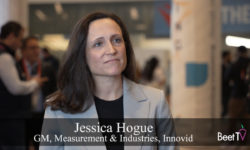LAS VEGAS — “Clean room” software is emerging to help companies re-establish the ability to benefit from data integration in a privacy-first world.
But the tech’s use cases are more diverse than many may think.
That is according to Krystal Olivieri, Global Chief Innovation Officer, GroupM & Choreograph, who has been a keen clean room watcher since before the category’s current explosion.
Maintain control
Clean room technology allows media buyers and sellers to match their consumer data without directly sharing it with each other – something which could breach the growing number of privacy laws.
One key aspect of clean room technology is the use of “data de-identification” techniques, which are used to remove personally identifiable information (PII) from data sets before they are shared or analyzed.
And Olivieri thinks that is good news for clients.
“As a brand, the notion of being able to leverage your data without actually having to move or share your data is a really interesting concept,” she says.
“It allows you to maintain control and have that protection of your data and what’s unique to you, but also be able to leverage it within the ecosystem.
“That’s not something historically that has existed up until the advent of the cleaner.”
Evolution of the space
Choreograph is a new agency formed by GroupM in 2021 as a response to the changing landscape of digital identifiers.
Olivieri says she discovered clean rooms in 2019, which she describes as “not necessarily tied to media partners, but which were a piece of technology that was meant to facilitate the non-movement of data”.
But she says the company has gone on a journey to flesh-out the use cases, because “not all clean rooms are created equal”.
WPP’s Choreograph Leads The Dance To First-Party: CEO McDonald
Clean science
There is no one-size-fits-all deployment of clean room tech for Choreograph. Olivieri says it supports diverse client aims.
“One of my favourite use cases that we’ve been exploring in early days is the notion of actually taking these different aggregated data sets and being able to bring them together in a clean room,” she says.
“We’ve been working really closely with Habu, for example, on that use case. And it’s been really exciting to start to be able to show clients that, even though this is aggregated data, there’s a lot more that they can do with it than simply what the report itself says.”
Innovation & Ownership: Data Clean Room Trends, From Habu’s Kilmartin
But Olivieri says the clean room vendor space is evolving and it is important that users understand capabilities they bring.
“For me, one that’s really important is actually the ability to bring data science into the environment,” she says
“To have that differential privacy where we can bring our own intelligence and models into play, but still have it be secured, is, I think, something that’s very unique and difficult to find.
“It comes down to ‘what is the client trying to achieve and what is the best clean room technology or tool that’s going help them get there?'”
You’re watching ‘Clean Rooms: Collaboration Goes Mainstream,’ a Beet.TV Leadership Series produced at CES 2023, presented by Habu. For more videos from this series, please visit this page. For all of our coverage from CES 2023, please click here.






